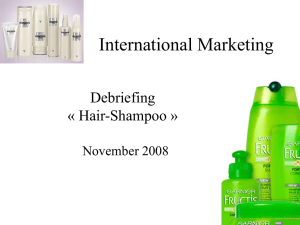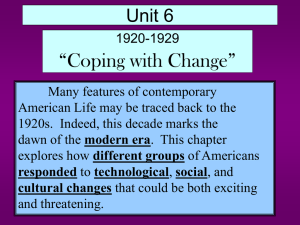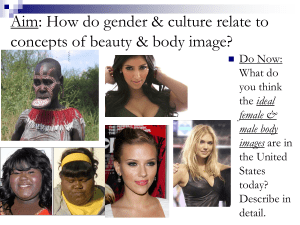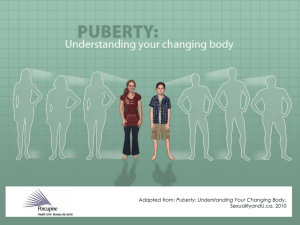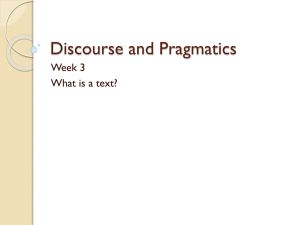Shampoo
advertisement
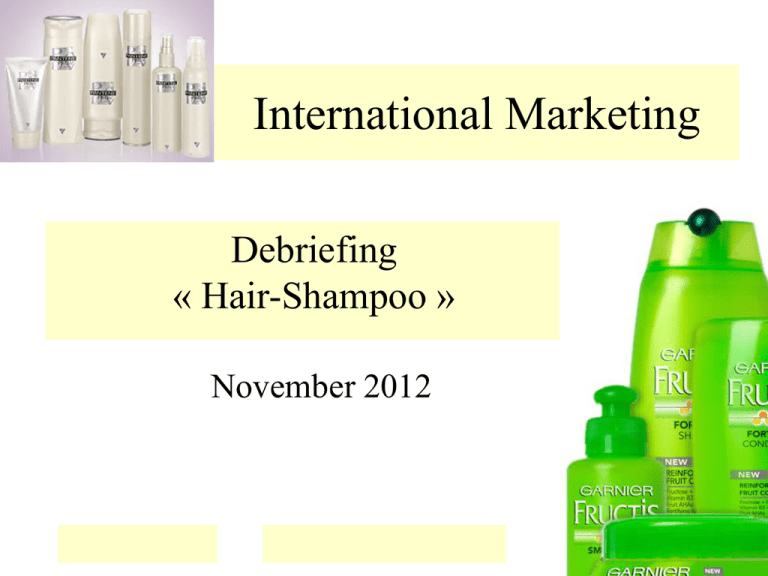
International Marketing Debriefing « Hair-Shampoo » November 2012 Conceptual equivalence issues (1) • The concept of hair (hair of the body) beauty differs across culture: – Europe : volume, controlled, shiny (but not too much) – China : shiny, flat, long and “free” for a woman. A man with long hair will be perceived as neglected. – France and Switzerland : shiny hair (shiny because of grease) are considered as oily and dirty – Burkina Faso: the « hairstyle » (hair extension and hair braiding) is more important than the hair itself – Nigeria: grey hair is positive for old people as it means wisdom • The cleanliness concept is different in Germany and in the USA (for example sauber versus clean) – beauty ≠ cleanliness • Monks shave hair (Hair in Buddhism) => hair & (moral) purity? • In Iran, shampoo is a medical concept (to avoid hair loss): for women, to wear the veil radically modifies the relation of the self to hair Hair /No hair, curly, straight, with different colors, oscillating between genetics and style Conceptual equivalence issues (2) • Shampoo: everyday product vs luxury product (in Slavic country, people produce it at home, they do not buy. In Burkina Faso, shampoo is a luxury product and is not considered as an everyday product because of the hairstyle that makes hair difficult to wash. • Meaning : in English, hair = « cheveux et poils », in French, Spanish, and Italian there are two words • Hair and smell: Has it a smell? • In some countries, consumers use a single product for « body and hair » (2 in 1). – Africa: soap or detergent for body and hair. – conceptual equivalence is here very close to functional equivalence Functional equivalence issues (1) Shampoo’s various functions: • to wash, to comb (démêler), to fortify, to perfume • depending of hair type: normal, greasy/oily, dry, fine, colored, highlighted, damaged, curly/wavy, frizzy • and/or benefit: anti-dandruff, boost volume, shine (brillance), anti hair loss, anti breakage, anti « split ends », protection-vitamins (i.e Islamic veil) => care/hygiene product vs beauty product (very close to concept) • Exotic functions of shampoo – China: used as a detergent to wash delicate fabrics and dogs as well – Uzbekistan: used for cars and windows as well. Functional equivalence issues (2) • single product « body and hair » in various countries (2 in 1), => modifies the functions • Place of use : at home, hairdresser, outside (Africa, India), locker room • Packaging ? Ease of use (liquid)? • Be careful: some countries lack of water resources!! • Conclusion: the benefits list is highly Euro-American ethnocentric => the questionnaire is either incomplete or not adapted A bit of Etymology (i.e. study of the roots and origins of words => a lot of information) • From the English shampoo (« to massage »), borrowed to Hindi (champo) during British colonization in India with the suffix –ing for present progressive tense. Champo is the imperative form of the verbe (champana) (« to press, to massage »). • A hidden functional benefit related to the pleasure of having the head softly massaged? • Shampouiner => « frictionner, masser le cuir chevelu avec un produit lavant, laver la tête » Administration and data collection equivalence issue • Data confidentiality, some questions are very personal (age, income), therefore it is necessary to have ranges/brackets and to be aware that the answers might be biased (- for age; + for income). A woman’s age = sensitive question. Anonymity: address?? • In some countries, people are not used to answer questionnaires; in certain cultures, a man is not allowed to interview a women (for example in the Arabic world) • It is required to adapt various scales to the various countries, i.e. income, education and use frequency • It is necessary to adapt the way in which questions are asked: style (open/close end), ordering of questions, etc Administration and data collection equivalence • Data collection Place : beauty salon and doctor in Iran and street in Germany • In poorer countries, there are purchasing power constraints and therefore lower interest for shampoo (it is not a priority) • Literacy rate issues (especially if self-administered questionnaire) • Response styles depend on country/culture (extreme, median response style, nay/yea-saying, etc.) • Social Desirability Bias regarding use frequency (related to care/hygiene). In some countries respondents are reluctant to talk about hygiene/care, personal matters. • Should interviewees be paid? (important question) Problems encountered when translating • Some words represent several concepts in one language and only one in another language (for example « body » and « fullness » => « volume » in French; « hair » => « cheveux » and « poils »; To Comb ≠ Coiffer) • Some expressions cannot be literally translated or lack proper equivalents (« hair with enough protein ») • the way to ask questions as well as the ordering of questions depend on countries/cultures (more or less direct, scales) • Poor knowledge of the local culture, some type of hair are unknown in particular countries • The translation of certain words relate to the institutional and social context (« state » => canton in Switzerland, « high school » => lycée) • Translation into Spanish: the expressions vary between Latin American countries and/or Spain (in Spain, hair = cabello and in Mexico, hair = pelo) • The translation of “Hair that has body” in Russian, may look similar to “Body that has hair” because there is no strict ordering of words in Russian Examples • Translations can vary from one group to the other. « Hair With Fullness » becomes : – – – – – – – – – – – – – – Cheveux épais Cheveux avec plénitude Des cheveux avec du volume Cheveux avec de la masse Cheveux volumineux Cheveux ample Capelli con volume Cabello con plenitud Cabello con entereza Cheveux en pleine santé Cheveux en grande quantité Des cheveux avec plénitude Des cheveux pleins de volume Des cheveux qui ont de la masse Previous years Examples « Hair That Holds a Set » becomes : 2012: Previous Years: – – – – – – – – – – – – – – – (Hairset = Mise en plis, permanente, – – Dauerwelle) – – – – – – – – – – – – – – – Des cheveux qui ne sont pas rebelles Cheveux avec mise en pli Cheveux qui gardent leur forme Cheveux qui restent en place Pelo resistente Chevelure régulière Cheveux avec texture Capelli che stanno in piega Cheveux qui tiennent en place Chevelure qui a une forme Cheveux qui contiennent un jeu Des cheveux qui ont une tenue Cheveux qui tiennent ensemble Des cheveux avec de la tenue Des cheveux qui tiennent ensemble Des cheveux homogènes Pour une belle mise en pli Des cheveux dont la coupe tient Des cheveux qui reviennent en place La coiffure reste Des cheveux qui ont de la tenue Cheveux qui tiennent un style, une coiffure Cheveux avec du maintien Des cheveux qui tiennent en forme Des cheveux qui gardent une mise en pli Des cheveux qui gardent la coiffure Une mise en pli qui dure Des cheveux qui ont de la texture Cabello que no se mueve Cabello que mantiene un peinado Haar das sitzt Conclusion • Market research instruments in target, countries (language and culture) should compulsorily be drafted with input from local market researchers, who are cultural insiders and native speakers. • Colloquial language must be used for marketing and advertising purposes. • It is a must, not an optional feature.
